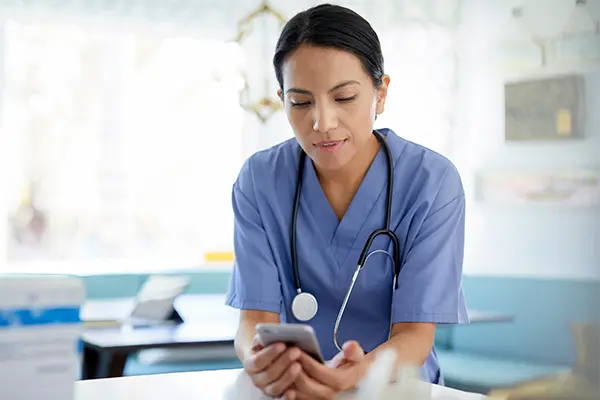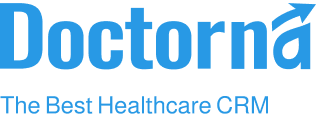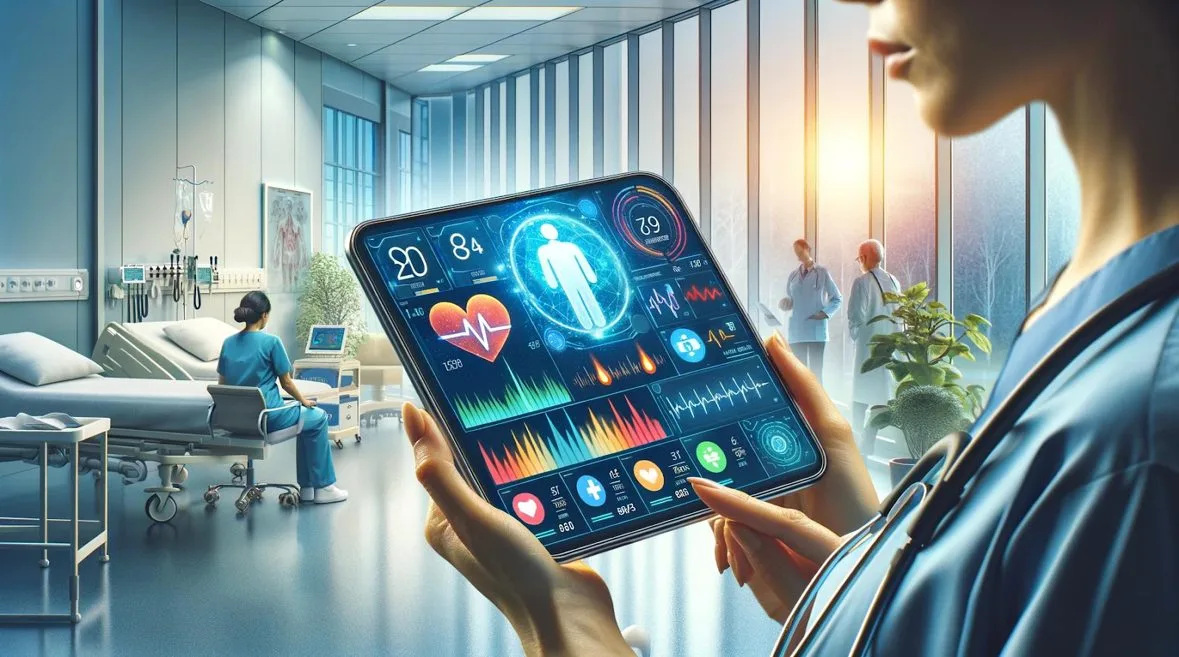In today’s digital-first world, patients expect more than just medical treatment—they expect timely communication, personalized interactions, and easy access to their healthcare providers. The traditional one-way communication model, where hospitals send appointment reminders or billing updates, no longer meets modern patient expectations.
Enter two-way messaging in Healthcare Customer Relationship Management (CRM) systems—a game-changer for patient engagement and healthcare coordination. This feature not only simplifies communication but also transforms how healthcare providers deliver care, streamline workflows, and strengthen relationships with patients.
Let’s explore what two-way messaging is, how it works within healthcare CRMs, and why it has become an essential part of modern healthcare operations.
What Is Two-Way Messaging in Healthcare CRMs?
Two-way messaging allows healthcare organizations to communicate interactively with patients through SMS, email, or in-app chat directly from their CRM system. Unlike one-way notifications (such as automated reminders), two-way messaging enables patients to respond in real-time—creating a dialogue rather than a broadcast.
For example:
- A clinic sends an appointment reminder, and the patient replies “Confirm” or “Reschedule.”
- A nurse messages a patient to check in after surgery, and the patient responds with their current symptoms or concerns.
- A billing department sends a payment reminder, and the patient replies to clarify insurance coverage.
These simple exchanges build stronger patient engagement and help healthcare teams respond quickly to patient needs—without phone tag or delays.
Why Two-Way Messaging Matters in Healthcare
The healthcare industry thrives on communication. Whether it’s scheduling appointments, sharing test results, or following up on treatment plans, every patient touchpoint depends on clear and timely exchanges. However, traditional communication channels like phone calls and emails often fall short due to missed calls, slow responses, and administrative overload.
Two-way messaging integrated into a healthcare CRM changes this dynamic completely—bridging communication gaps between patients and care teams while improving operational efficiency.
Key Benefits of Two-Way Messaging in Healthcare CRMs
1. Enhances Patient Engagement and Satisfaction
Two-way messaging empowers patients to communicate easily with their providers, fostering trust and engagement. Instead of waiting on hold or navigating complex patient portals, patients can send a quick message directly from their phone.
This simplicity encourages active participation in their care journey. For instance, patients can ask post-visit questions, clarify prescriptions, or receive personalized health tips—all through real-time text communication.
When patients feel heard and supported, their satisfaction and loyalty naturally increase.
2. Streamlines Appointment Management
Missed appointments (no-shows) cost healthcare organizations millions annually. Two-way messaging significantly reduces this issue by making appointment coordination simple and instant.
A CRM with two-way messaging can automatically send appointment reminders while allowing patients to confirm, cancel, or reschedule with a single reply.
The system can then update the CRM calendar automatically, freeing administrative staff from manual rescheduling. This not only optimizes staff time but also keeps appointment slots filled—improving overall clinic efficiency.
3. Enables Real-Time Patient Support
When patients have post-visit questions or new symptoms, they often hesitate to call or wait for an appointment. Two-way messaging offers a secure and convenient alternative.
Through CRM-integrated messaging, care teams can provide quick support and triage minor issues remotely, reducing unnecessary hospital visits. For instance, a patient recovering from surgery can report mild swelling, and the nurse can advise immediate care steps or request a photo for assessment.
This instant communication fosters better continuity of care and helps identify complications early.
4. Improves Coordination Among Care Teams
Two-way messaging isn’t just for patient-provider communication—it also enhances internal collaboration among healthcare teams.
When messaging is integrated into a CRM, every patient interaction is logged and accessible across departments. Doctors, nurses, and administrative staff can view the full communication history, ensuring everyone stays informed.
This transparency prevents miscommunication and ensures consistent messaging, especially in multi-specialty hospitals where multiple providers may handle the same patient.
5. Automates Routine Communication
Healthcare CRMs can automate repetitive yet essential messages, saving time and reducing human error. These include:
- Appointment confirmations and reminders
- Prescription refill notices
- Post-treatment follow-up messages
- Preventive care prompts (e.g., “It’s time for your annual check-up”)
However, unlike standard one-way automation, patients can reply directly to automated messages with questions or confirmations. The CRM then routes those responses to the right department or staff member, ensuring that automation doesn’t sacrifice personalizatio
6. Supports Remote and Telehealth Services
As telehealth becomes mainstream, two-way messaging plays a crucial role in bridging the gap between physical and virtual care.
For example, before a telehealth session, patients can receive links, instructions, and consent forms via secure messages. Afterward, care teams can follow up with treatment summaries or satisfaction surveys.
By managing all these communications through the CRM, providers ensure that telehealth operations remain organized, compliant, and patient-centric.
7. Strengthens Compliance and Data Security
Healthcare CRMs with built-in messaging systems comply with privacy regulations such as HIPAA (Health Insurance Portability and Accountability Act). They ensure that all communications are encrypted, stored securely, and accessible only to authorized personnel.
This is especially important when sharing sensitive information like test results or treatment details. Two-way messaging within a secure CRM platform allows providers to communicate confidently, knowing that patient data is protected.
8. Provides Actionable Analytics and Insights
Every message exchanged through a CRM generates valuable data. By analyzing messaging patterns, healthcare organizations can measure patient engagement levels, identify communication bottlenecks, and optimize workflows.
For instance, analytics might reveal that patients are most responsive to reminders sent in the morning or that certain departments handle more patient inquiries than others. These insights enable data-driven improvements to both patient communication and organizational efficiency.

The Impact on Modern Healthcare
The integration of two-way messaging into Healthcare CRMs represents a significant shift toward patient-centered care. It allows healthcare organizations to maintain constant, personalized communication while reducing administrative burdens and improving care coordination.
Patients no longer feel like passive participants—they become active partners in their health journey. And for providers, instant communication means faster responses, better outcomes, and improved trust between care teams and patients.
Final Thoughts
In an era where convenience and connection define patient expectations, two-way messaging in healthcare CRMs has become an indispensable tool. It bridges the communication gap between patients and providers, enabling real-time collaboration, streamlined workflows, and personalized care experiences.
By combining automation with human touch, healthcare organizations can deliver faster, safer, and more compassionate care—all while improving operational efficiency.
Two-way messaging isn’t just a communication feature—it’s the foundation for a more connected, responsive, and patient-centric healthcare system.







